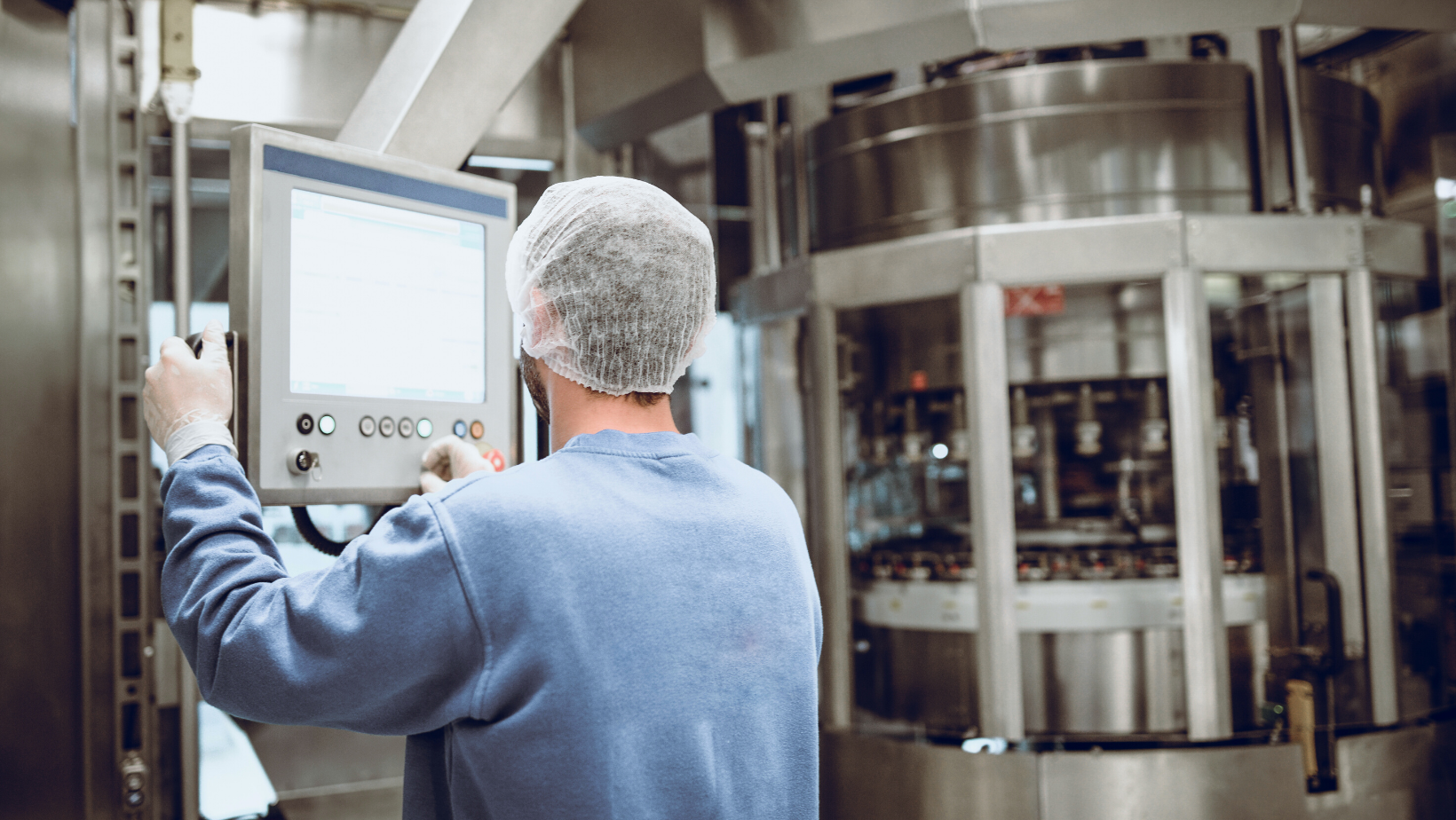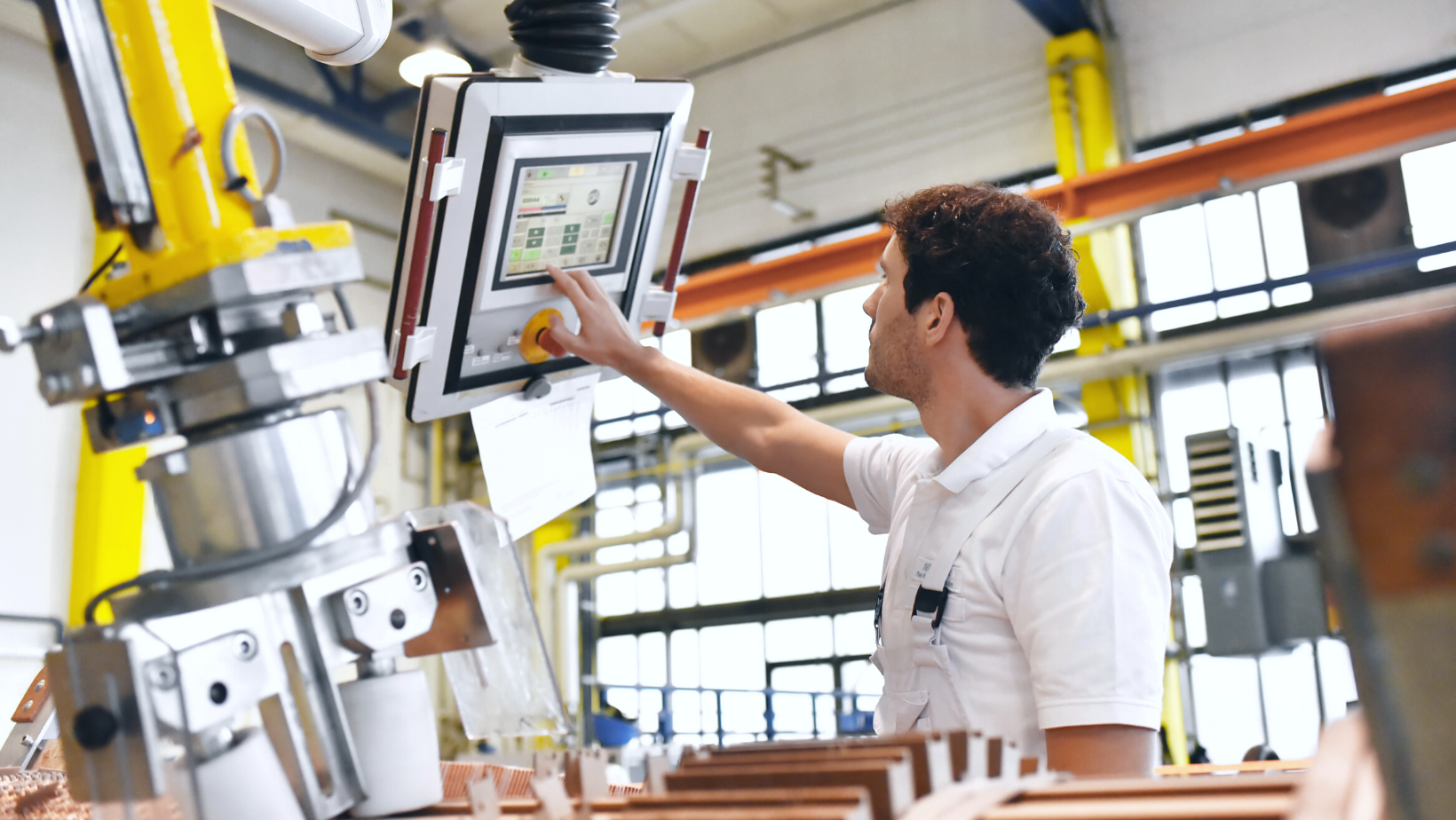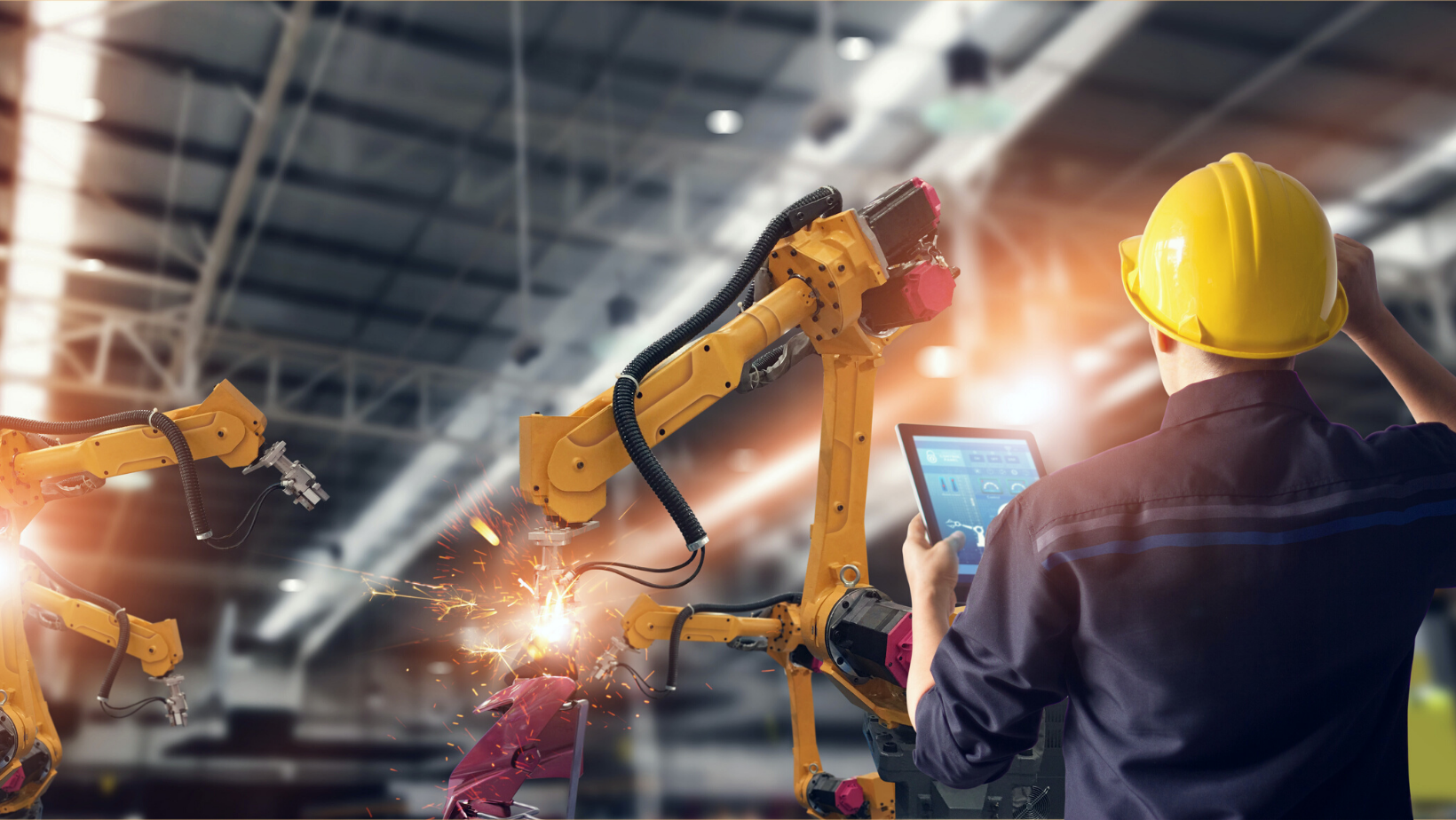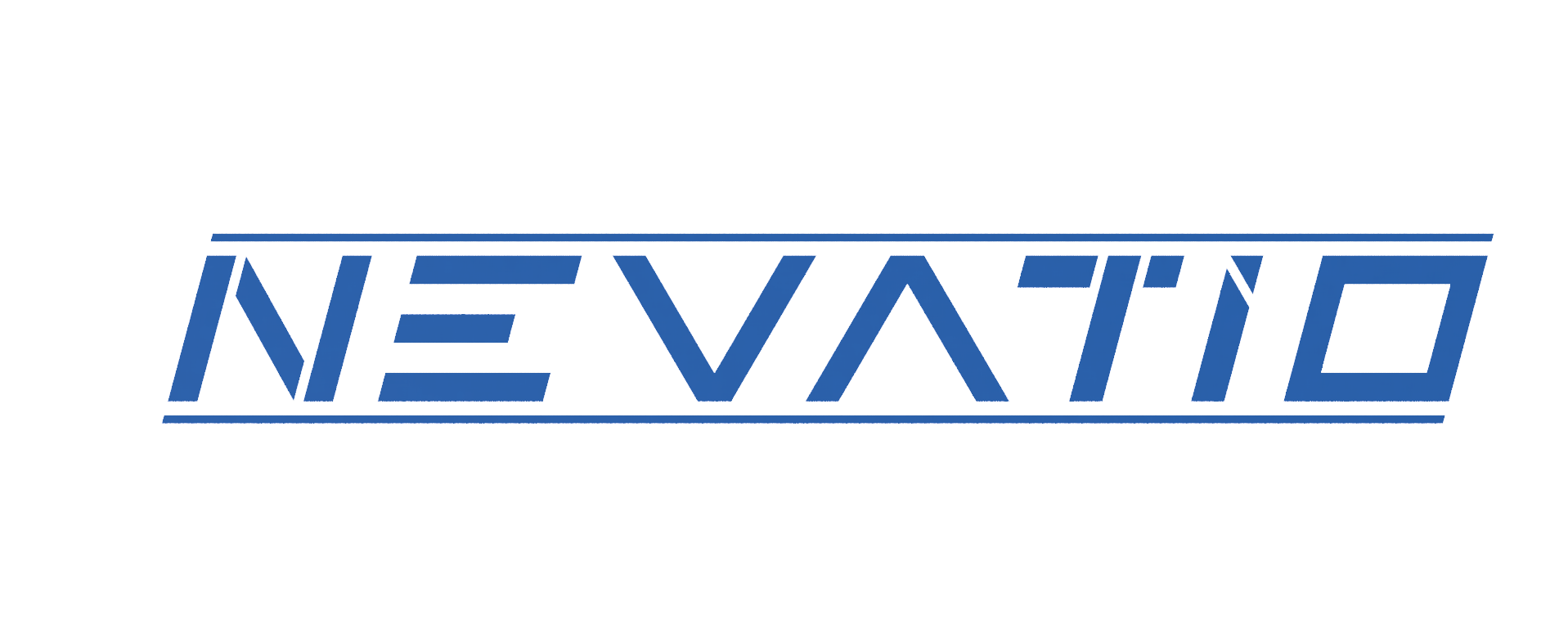We believe in being consistent with our deliveries. This means that we are always on time and able to work for your business needs, no matter what they may be.

As industries move towards the fourth industrial revolution, more and more emphasis is being put on machine-to-machine (M2M) integration. This refers to the interconnectedness of people, data, devices, and systems that enables real-time communication and collaboration. IoT has the potential to revolutionize manufacturing, making factories more connected, intelligent, and efficient.
What is M2M integration, and what are its benefits for businesses? This article will explore those questions and more.
- What is Machine-to-Machine Integration?
- What are the Benefits of Machine-to-Machine Integration?
- How is Machine-to-Machine Integration Used in Manufacturing?
- What are the Challenges of Machine-to-Machine Integration?
What is Machine-to-Machine Integration?
Machine-to-machine (M2M) integration is the process of linking two or more machines, devices or systems together to share data and communicate. In industrial settings, M2M integration enables machines to communicate with each other and with other aspects of the production line, such as enterprise resource planning (ERP) systems and supervisory control and data acquisition (SCADA) systems. This communication can be used to trigger alerts, share data or take action.
M2M integration is a key part of Industry 4.0, the industrial internet of things (IIoT). IIoT is the application of M2M technology in manufacturing and other industrial settings. It refers to the interconnectedness of people, data, devices, and systems that enables real-time communication and collaboration. IIoT has the potential to revolutionize manufacturing, making factories more connected, efficient and flexible.
What Is Machine Retrofitting?
Machine retrofitting and engineering is the assessment and modification of existing machines instead of purchasing new machines or "greening" an old machine by adding more energy-efficient engineering features to it. The "smart" retrofitting goal is to have current machine tools equipped with the appropriate interface and ready for Industry 4.0 in as little time and cost as possible, maintaining enterprises productive and competitive.
The term "retrofitting" refers to adding new engineering features to an older model machine, since this enables you to make use of your older generation machinery equipment until a more modern model becomes available. By connecting machine tools to an external embedded system or CPS and adding smart sensors within or around the machines, it is possible to acquire precisely the required historical and real-time data such as machine temperature, loads, or vibrations in order to obtain insights into the machines' status.
What are the Benefits of Machine-to-Machine Integration?
But how might manufacturers benefit from getting closer to technology? The answer is: a lot.
Make the processes within factories more efficient
The greatest potential for businesses to gain value from the Internet of Things (IoT) is operations optimization, which entails making the various production processes more efficient.
Using sensors rather than human judgment to improve the performance of machinery is one example. It also includes applying data from manufacturing equipment to modify procedures to eliminate unproductive habits, capacity losses, inefficiencies, and line performance bottlenecks.
This is done by remotely tracking, monitoring, and adjusting machinery based on sensor data from different parts of the plant (and even across plants).
Researchers suggest that IoT applications in operations optimization may create value of $633 billion to $1.8 trillion per year in the factory setting in 2025.
Predict potential points of failure
By integrating equipment with sensors through a single system, important data on the equipment's current condition may be collected and analyzed to forecast potential points of failure for equipment breakdown and production shutdown.In the case of a breakdown, organizations may use this data to pinpoint the source and take preventative measures in order to avoid future problems.
Deliver improved quality and production
Increased uptime and overall equipment effectiveness (OEE), less scrap and rework, and lower operational costs are all possible benefits of monitoring.
These activities can also aid in the implementation of continuous improvement programs and contribute to a higher level of employee involvement by keeping front-line staff and management informed for better response, ownership, and accountability.
Remote monitoring, tracking and control of equipment and workflow also can support additional efficiencies in optimized energy usage. The cost savings here can be considerable—especially in instances when energy prices rise precipitously.
How is Machine-to-Machine Integration Used in Manufacturing?
There are a number of ways in which M2M integration can be used in manufacturing, including:
- Asset tracking: By attaching RFID tags or sensors to equipment and products, manufacturers can track the location and status of assets in real time. This information can be used to optimize production processes and reduce downtime.
- Process monitoring: Sensors and other devices can be used to monitor production processes, providing data that can be used to improve efficiency and quality.
- Predictive maintenance: M2M-enabled sensors can be used to monitor equipment for signs of wear or failure, allowing problems to be identified and fixed before they cause a breakdown.
- Quality control: Automated M2M systems can help to ensure consistency and accuracy in production (end-to-end).
- Logistics: M2M integration can be used to optimize logistics processes, such as the routing of products and the allocation of resources.
What are the Challenges of Machine-to-Machine Integration?
There are a number of challenges that manufacturers must overcome to implement M2M integration, including:
- Complexity: M2M integration can be complex, requiring the linking of a large number of devices and systems.
- Cost: The cost of implementing M2M integration can be high, particularly in older factories.
- Change management: M2M integration can require significant changes to production processes and the way that factory floor staff work. This can be a challenge for manufacturers to manage.
Despite the challenges, M2M integration is a key part of Industry 4.0 and the IIoT, and offers a number of benefits to manufacturers. By connecting machines and systems, M2M integration can help to optimize production processes, reduce downtime and costs, and improve quality.
Getting Started with Automation
How can you get started with automating processes within your operation?
The first step is to automate your machines and link them, so you can collect data, process it, and make decisions. You'll be able to automate processes and increase efficiency across the shop floor only after you've acquired this knowledge of operational performance across both your equipment and personnel.
Learn how our manufacturing engineers can help you quickly connect and automate your machines, collect data, and start automating processes today.
Related Articles
What is Industrial AI and Why Does It Matter to Process Manufacturers? - Lets take a closer look at what you need to know about Industrial AI, including industry 4.0, IoT, machine integration, and automated traceability.
What You Need to Know About Industrial Automation - Explore the essentials of industrial automation, from types and tools to the role of PLCs. Gain insights to modernize your operations.
About Nevatio Engineering
Nevatio Engineering is an agile design and engineering consulting team capable of on-demand mechanical and electrical engineering, functional prototyping, engineering documentation, and machine retrofits. We are experts in machine design, special devices, industrial products, jigs and fixtures, plus automation and controls. Our added knowledge in industry design standards such as ASME, ANSI, ISO, NFPA, NEC and BS allows us to quickly integrate our services with your existing standard design processes, keeping your resources free from unnecessary rework.
We specialize in helping industry leaders solve difficult engineering and design problems. Our mission is to empower our clients with the tools and skills necessary to create solutions to their technical problems. With our expertise, clients can address any technical design problems that stand in their way.

How can simple automation aid manufacturing operators?
Even the most simplistic task can be aided through automation. In manufacturing, operators often have to complete repetitive and time-consuming...

5 Advantages of Industrial Automation
Having industrial automation is a necessity, but there's a lot of gray area when it comes to calculating the benefits. And part of that gray area is...

Machine-to-Machine Integration In Manufacturing
As industries move towards the fourth industrial revolution, more and more emphasis is being put on machine-to-machine (M2M) integration. This refers...




